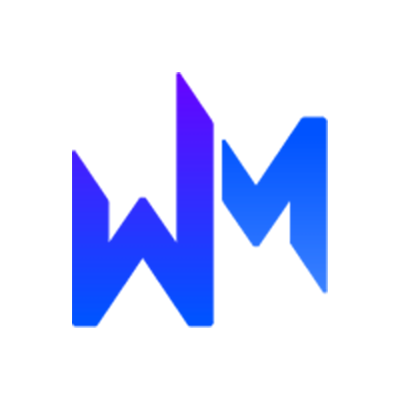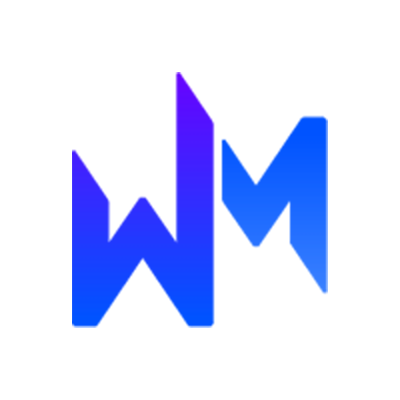The Current State of Social Ads

Social advertising will reach $11 billion in the United States by 2017 according to a report from BIA/Kelsey, yet many brands are still hesitant to experiment with social ads outside of Facebook.
That, however, is sure to change as emerging social networks are growing their member base at a feverish pace and brands are cementing their presence on these networks in order to communicate with their audiences. In turn, networks like Instagram and Pinterest are offering advertising opportunities as a way to monetize their services, while Facebook and Twitter continue to improve their ad offerings to provide brands with better returns on their investments (ROI).
To figure out which network deserves your advertising dollars, first take a look at the current state of social ads across the Web's most popular social platforms below:
Image-based social network Instagram introduced ads to its platform in the beginning of October. The company's statement said that its initial focus is to deliver a small number of beautiful, high-quality photos and videos from a handful of brands that are already members of the Instagram community.
"Our aim is to make any advertisements you see feel as natural to Instagram as the photos and videos many of you already enjoy from your favorite brands. After all, our team doesn't just build Instagram, we use it each and every day," the Instagram blog stated. "We want these ads to be enjoyable and creative in much the same way you see engaging, high-quality ads when you flip through your favorite magazine."
It is important to note that Instagram's ad offering is currently not available to all brands, as the company says it wants to "take time to get the experience right for our ad partners and the Instagram community." That said, the ads will likely be available to more advertisers in the near future, so brands are smart to start growing their presence on the network now.
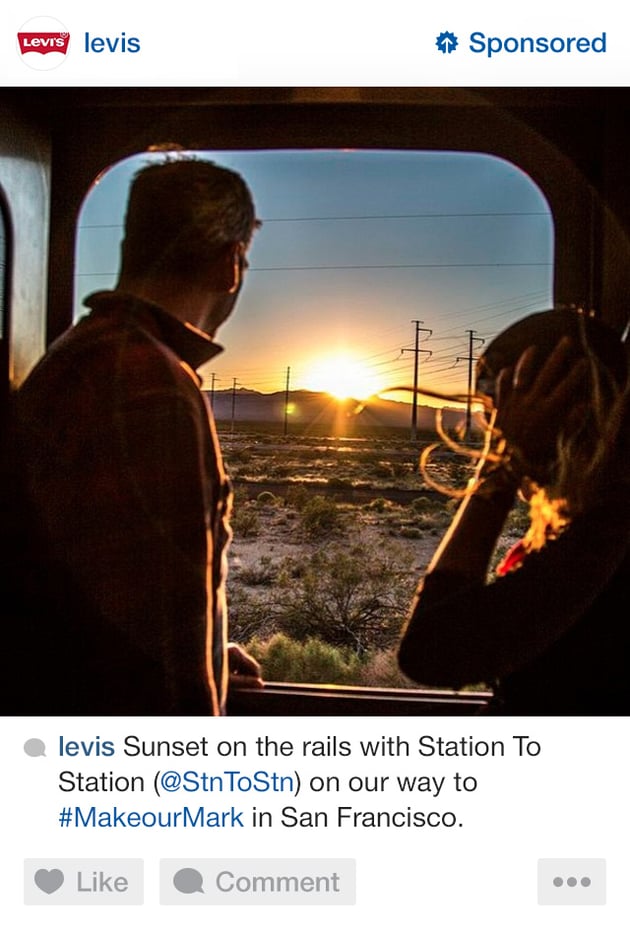
Prior to Instagram's announcement, Pinterest made public in September that it would begin experimenting with ads, dubbed "Promoted Pins". Pinterest's statement promises that the ads on its platform will be tasteful, transparent and relevant. Similar to Facebook's Promoted Posts or Twitter's Promoted Tweets, Promoted Pins are identified with a label and can be seen in the search results and category feeds. However, similar to Instagram's ad announcement, Promoted Pins are currently only being run with select advertisers. That said, brands who are interested in launching an ad campaign on the pinboarding social network can sign up to get updated on Promoted Pins availability by filling out this form.
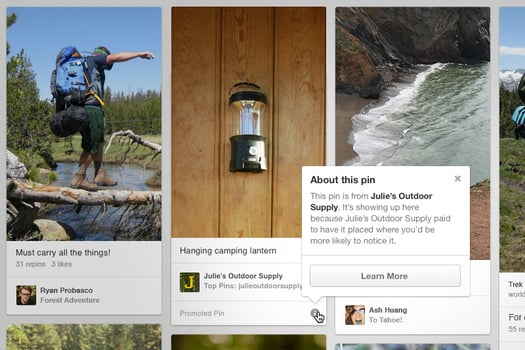
Twitter offers three different ad products for businesses - Promoted Accounts, Promoted Tweets and Promoted Trends. Promoted Accounts, for example, enable brands to build their community of followers and advocates. Brands can advertise their Twitter handle by targeting audiences based on a variety of factors, including geography, interest and gender.
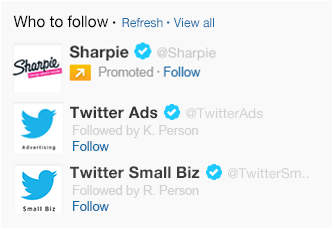
Conversely, Promoted Tweets enable brands to engage with current and potential followers by putting one of their regular tweets in front of a larger audience. Promoted Tweets appear in both user timelines and search results, and brands can leverage targeting tools to reach audience members based on keywords, interests, geography and even device type.
We're giving away one Xbox One or PS4 every day. All you need to do is try New Relic to enter: https://t.co/DMqUhdFYtF pic.twitter.com/A3jUAP97zE - NewRelic (@newrelic) November 25, 2013
Lastly, Promoted Trends help brands obtain exposure for their business or product. This is because the ad format displays a promoted hashtag in the "Trend" section of Twitter, which is accompanied by the brand's name - thus providing increased visibility for the brand and its promoted trending topic.
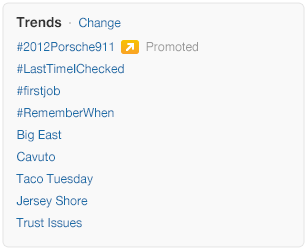
Back in June, Facebook announced that it was simplifying its advertising product offering, cutting Facebook Offers and changing up its Sponsored Story format. It is important to note, however, that despite its announcement, Facebook Offers is still an available format, but it is likely that the format is in the process of being phased out.
That said, through Facebook ads, marketers have the option to choose from formats that increase their online traffic and conversions, drive local brick-and-mortar sales or promote mobile apps. In addition, some formats can be used to drive Facebook engagement too, including Promoted Posts and "Page Like" ads, which encourage audiences to like a brand's page.
It is important to note that through Facebook's ad offerings, brands still have the option to target audience members based on a variety of robust factors, including by location, demographics, interests and connections. Moreover, brands can leverage advanced targeting options to reach custom audiences, lookalike audiences and even people who have expressed interest in a business based on past online behaviors through Facebook Exchange.
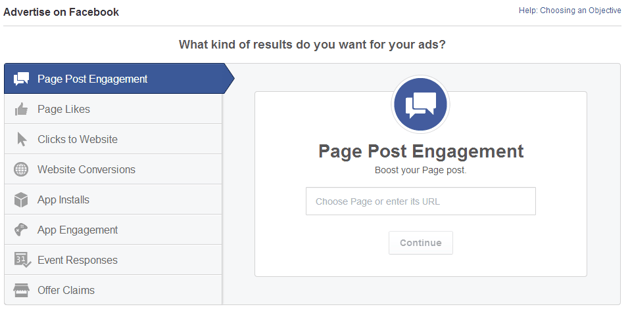

Subscribe to Our Newsletter!
Latest in Social Media







